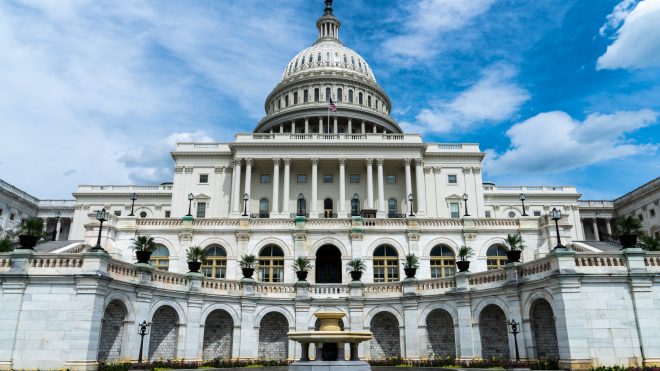What is the SECURE Act and how could it affect your retirement? CKS Summit Group is here to help you learn about the changes to IRAs, 401(k)s, RMDs, and more.
Why The SECURE Act Was Introduced
With the decline of traditional pensions, most of us are now responsible for putting money aside for our own retirement. In today’s DIY retirement savings world, we rely largely on 401(k) plans and IRAs. However, there are obviously flaws with the system because about a quarter of working Americans have no retirement savings at all—including 13% of workers age 60 and older.
But help is on the way. On December 20, 2019, President Trump signed the Setting Every Community Up for Retirement Enhancement (SECURE) Act. It includes many bi-partisan reforms that increase access to workplace plans and expand retirement savings. This new law does several things that will affect your ability to save for your retirement and influence how you use the funds over time.
While some provisions are administrative in nature (or intended to raise revenue), most of the changes are taxpayer-friendly measures designed to boost retirement savings. How? The important retirement legislation reflects policy changes to defined contribution plans (such as 401(k)s), defined benefit pension plans, individual retirement accounts (IRAs), and 529 college savings accounts. To help simplify the new law, CKS Summit Group have broken down the key takeaways you need to know about.
Major Provisions of the SECURE Act
The SECURE Act tweaks a number of rules related to tax-advantaged retirement accounts, intended to:
- Make it easier for small businesses to set up 401(k)s by increasing the cap under which they can automatically enroll workers in “safe harbor” retirement plans, from 10% of wages to 15%.
- Provide a maximum tax credit of $500 per year to employers who create a 401(k) or SIMPLE IRA plan with automatic enrollment.
- Enable businesses to sign up part-time employees who work either 1,000 hours throughout the year or have three consecutive years with 500 hours of service.
- Encourage employers to include more annuities in 401(k) plans by removing their fear of legal liability if the annuity provider fails to provide and also not requiring them to choose the lowest-cost plan. Encourage plan sponsors to include annuities as an option in workplace plans by reducing their liability if the insurer cannot meet its financial obligations.
- Push back the age at which retirement plan participants need to take required minimum distributions (RMDs), from 70½ to 72, for those who were not 70½ by the end of 2019.
- Allow the use of tax-advantaged 529 accounts for qualified student loan repayments (up to $10,000 annually).
- Permit penalty-free withdrawals of $5,000 from 401(k) accounts to defray the costs of having or adopting a child.
Talk to the Experts
Though there are many more aspects and provisions to the new law, we have highlighted some of the most pertinent above. As always, it is best to consult with a professional retirement planner like CKS to ensure you are keeping up with, and adhering to the latest rules as they apply to your overall financial and retirement plan.
If you want to talk strategy with a professional, contact the retirement planning experts at CKS Summit Group on 586-286-5820. We can help clarify your personal and financial goals while maximizing your assets and passing your wealth on efficiently.
Alternatively, you can set up a complimentary retirement strategy session online here. We look forward to working with you.



